Paleontology is the quest to unlock the mysteries of life on earth. Fossils are the most important clue for paleontologists; they are the physical evidence of living things in our planet’s history. In studying fossils, paleontologists are uncovering the past.
What Is a Fossil?
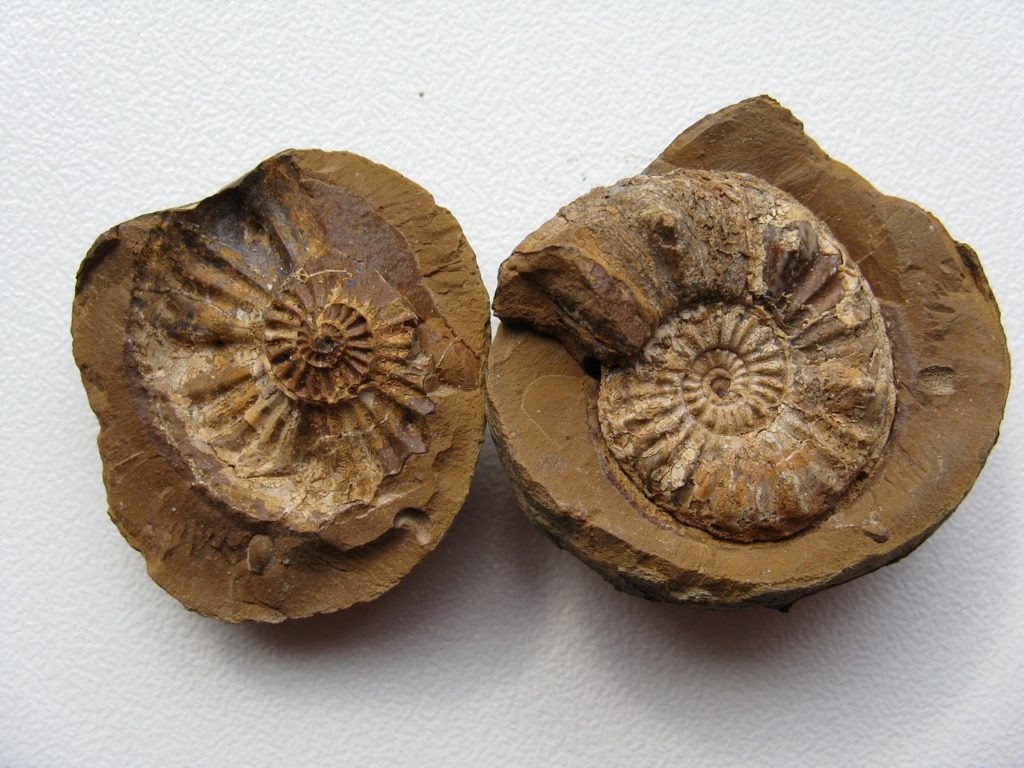
Fossils are the time capsules of the earth. They are the preserved remains of (usually) ancient lifeforms. They offer us a glimpse into what life was like in our planet’s history. Most people associate fossils with bones, teeth, and shells, but other things can become fossils too. Plant parts, eggs and nests, footprints, droppings, stomach contents, and burrows are common finds of fossil hunters around the world. Sometimes, even an animal’s soft parts are preserved as a fossil, like a dinosaur’s brain tissue.1
Dinosaurs tend to get more attention than most fossil animals, but there are fossils of virtually every major animal group, even microscopic bacteria. In fact, dinosaurs make up only a tiny portion of all known fossils; most fossils are of marine invertebrates.2
Fossils tell us about an organism’s size and unique features. They can also give us clues about how they behaved when they were alive. Stomach contents, droppings, gnaw marks, and isotope analyses of teeth and bones can tell us what an animal ate when it was alive. Exquisitely preserved skin, fur, and feathers can help us figure out what color the animal that possessed them was. Studying the fossilized footprints of ancient life forms can give us an idea of how fast they might have moved. We can even infer what habitat the organisms may have lived in. This can be done by studying their color patterns and by comparing the modern counterparts of the other plants and animals with which they were buried.
What Are the Conditions of Fossilization?
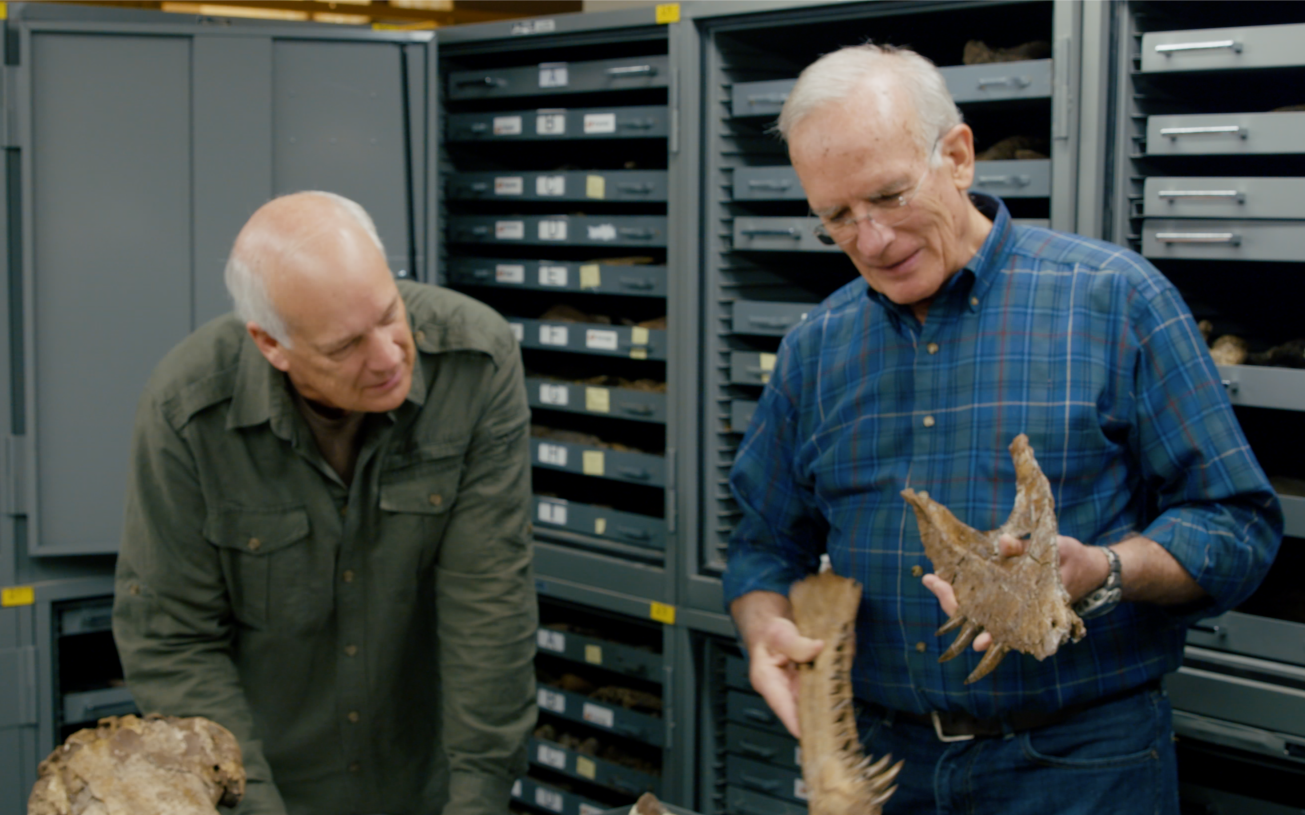
It is important to understand that most organisms that die do not become fossils. More often, they are quickly consumed by scavengers or left to decay in the elements by means of fungi, bacteria, and chemical dissolution. What is left, if anything, is usually represented in the fossil record by fragments of the original organism’s body. These can include the scattered bones or teeth of a dinosaur, or perhaps the tusk of a mammoth. That it is mostly these fragments that become fossils indicates a considerable passage of time between the organism’s death and burial. This time frame is usually days, weeks, or months.3 Fossils, then, are unique. In studying the conditions of fossilization, paleontologists are uncovering the details of the specific historical events that formed them.
Generally speaking, an organism must be buried rapidly in order to survive the fossilization process. There are several different ways this can happen. The amount of time fossilization takes varies depending on the conditions an organism is buried in.4 On the quicker end of the scale, some organisms fossilized almost immediately upon death; in fact, it may have even been the cause of death.5
Under very rare circumstances, some organisms are still becoming fossilized in more recent times! Between 1963 and 1967, an underwater volcano erupted off the coast of Iceland. The resulting blast created the island of Surtsey and fossilized many foraminifera (tiny, single-celled, marine organisms with shells).6
How Do Fossils Fit With the Bible?
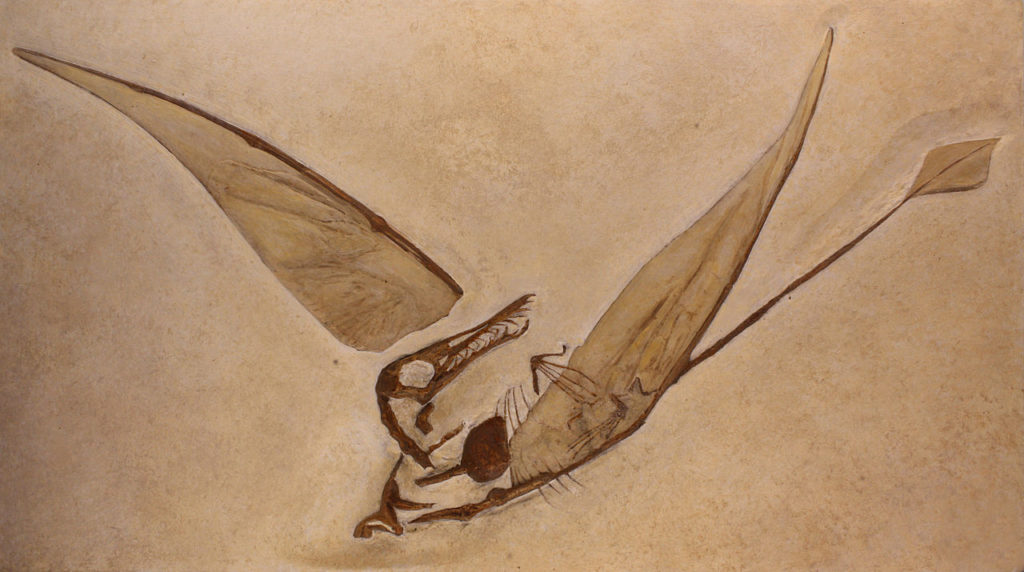
Image Credit: M0tty – Own work – Musée d’histoire naturelle de Bruxelles, CC BY-SA 3.0, https://commons.wikimedia.org/w/index.php?curid=8947129
Old-earth paleontologists date the oldest fossils to about 3.5 billion years old7 and claim they have continued forming ever since. For a Christian, this is problematic for a number of reasons. One of which is that it places the death of animals well before mankind’s existence. Evidence of carnivorous diets, death, disease, bloodshed, and suffering are prevalent throughout the fossil record. However, we know biblically these were not aspects of the original Creation. These conditions did not exist until after Adam and Eve rebelled against their Creator. See Genesis 1:29-30 and Romans 8:28-23.
There is considerable evidence that the fossil-bearing rock layers formed more quickly than over the course of millions of years. Original organic material preserved in the fossils of dinosaurs and other animals is one example.8 Another is the presence of lycopod “trees” extending upward through what is supposedly tens of thousands of years worth of layers. Discoveries like these suggest that the fossil record was mostly the result of organisms that died during one or more sudden, short-lived, violent events. At least one of these―the Noahic Flood―was worldwide in scope.
Aside from Scripture clearly implying that animal fossils must post-date the Fall, it doesn’t indicate when the fossil record formed. This is where paleontologists get to work. Scripture may not pinpoint the ‘when’, but fossils can help us do that. For example, some young-earth scientists have found that a number of non-animal fossils, like some stromatolites, may have even formed during Creation Week.
Did the Flood Form All Fossils?
As for animal fossils, there is much debate as to when on the young-earth timescale they formed. Most young-earthers attribute the majority of the fossil record to the Flood. This is understandable. The packages of layers containing these fossils are often deposited by water, are very thick, and are very widespread in extent. However, there are other factors to take into account as well.
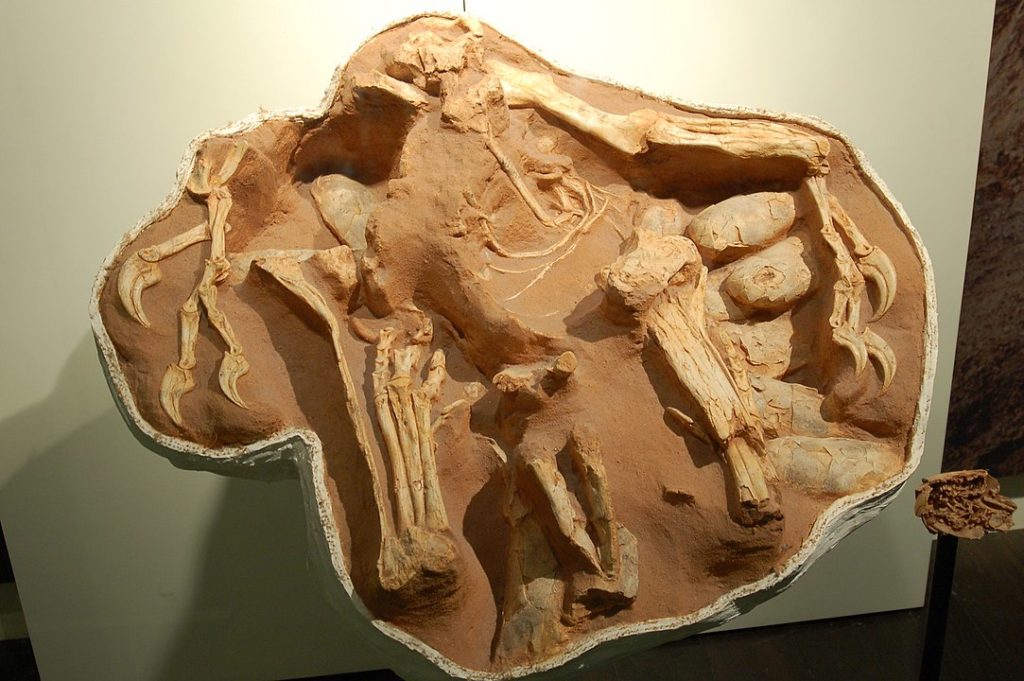
Image Credit: Dinoguy2 – Own work, CC SA 1.0, https://commons.wikimedia.org/w/index.php?curid=1090758
The findings of young-earth paleontologists suggest that not all fossils formed as a result of the Flood. They indicate animals were engaged in behavioral activities at the time of their burial. Fossil discoveries include footprints, nests with eggs, gnawed bones, burrows, droppings, and insect nests. One would think that facing down the Flood waters and torrential rainfall, they would have been desperately seeking shelter. Also, recall that most of the vertebrate fossil record is composed of the fragmentary remains of organisms that decayed for weeks or months before being buried. Decay and natural burial take time to develop.
These things are explainable within a young-earth timeframe; it is also hypothetically possible to explain these within the context of the global Flood. However, young-earth researchers will ultimately need to do a case-by-case study of each occurrence to see whether it fits into a Flood, pre-Flood, or post-Flood context.
Despite differences on the exact time frame, young earthers agree that the bulk of the fossil record was formed by the time of Abraham’s birth.
Why Is Paleontology Relevant to Young-Earth Creationism?
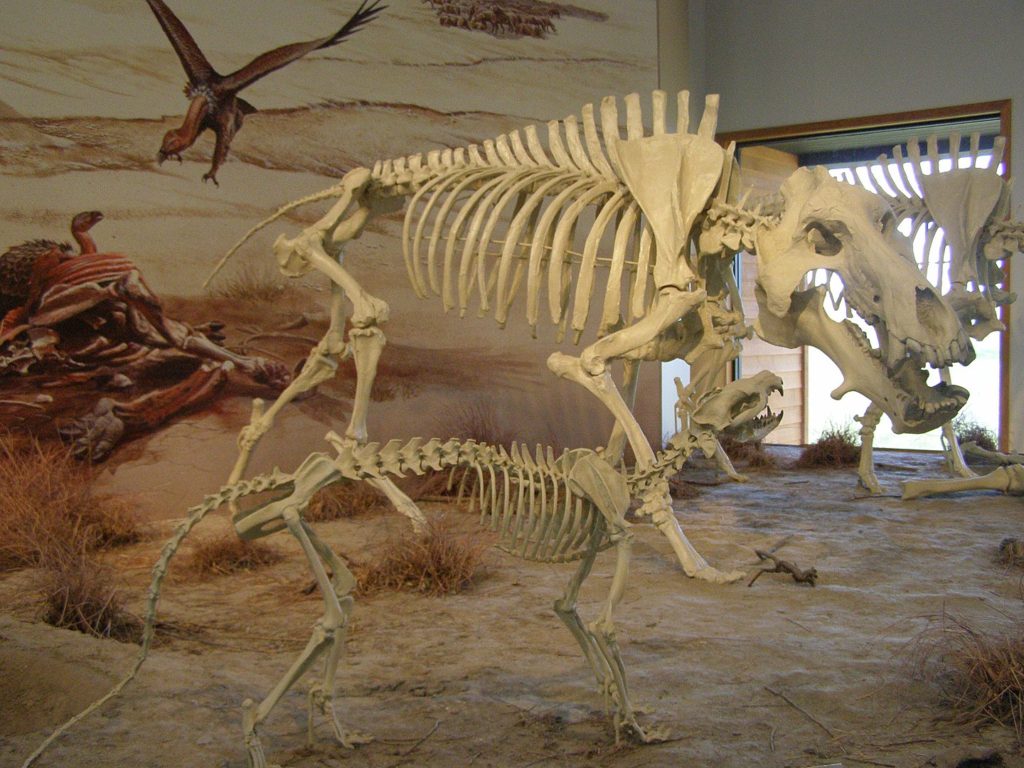
Image Credit: Chris Light – Own work, CC BY-SA 4.0, https://commons.wikimedia.org/w/index.php?curid=70904193
Beyond the young-earth vs. old-earth debate, studying fossils can teach us a lot about the history of our planet.
The complex eyes of a trilobite9 and the optimal, morphological designs of dinosaurs10 demonstrate that an Intelligent Designer is the best explanation for the origin of living things.
The great diversity seen amongst the various dinosaurs and extinct mammals can help us understand how lifeforms diversified from the original kinds created by God.
The prevalence of preserved fossils indicates the world suffered from more frequent and catastrophic natural disasters than those observed today. Huge bonebeds, mass extinction events, polystrate fossils, and original organics in fossils all testify that the fossil record accumulated in thousands, and not millions, of years.
Perhaps most important, fossils strengthen our faith and hope in God. They remind us that because of the sin of mankind, “the whole of creation has been groaning as with the pains of childbirth; and not only it, but we ourselves…groan inwardly as we continue waiting…to have our whole bodies redeemed and set free”11 by means of Jesus’ death on the cross and subsequent resurrection.
Where Can I Learn More About Fossils?
- The Bonebed Mystery at Hanson Ranch
- What Should Creationists Think About Fishapods?
- Does Dinosaur Soft Tissue Disprove Evolution?
Footnotes
- Martin D. Brasier, David B. Norman, Alexander G. Liu, Laura J. Cotton, Jamie E. H. Hiscocks, Russell J. Garwood, Jonathan B. Antcliffe, and David Wacey. Remarkable preservation of brain tissues in an Early Cretaceous iguanodontian dinosaur. Earth System Evolution and Early Life: a Celebration of the Work of Martin Brasier, Geological Society, London, Special Publications. 2016; 448 DOI: 10.1144/SP448.3 ↩︎
- Wise, K.P., ‘The Flood and the fossil record’, an informal talk given at the Institute for Creation Research, San Diego (USA) on August 17, 1988. ↩︎
- Brand, Leonard. 2007. “Wholistic Geology: Geology Before, During, and After the Biblical Flood.” Origins 61 (June 1): 7–34. ↩︎
- Philip J. Currie & Eva B. Koppelhus, 101 Questions about Dinosaurs, Dover Publications, p. 11-12, 1996. ↩︎
- Martill, David. (2008). The Medusa effect: instantaneous fossilization. Geology Today. 5. 201 – 205. 10.1111/j.1365-2451.1989.tb00671.x. ↩︎
- None. 1974. “Surtsey research progress report. VII. Primarily 1971 and 1972 field seasons.” Iceland. ↩︎
- Schopf, J. & Kitajima, Kouki & Spicuzza, Michael & Kudryavtsev, Anatoliy & Valley, J.. (2017). “SIMS analyses of the oldest known assemblage of microfossils document their taxon-correlated carbon isotope compositions.” Proceedings of the National Academy of Sciences. 115. 201718063. 10.1073/pnas.1718063115. ↩︎
- Thomas, B. 2013. “A Review of Original Tissue Fossils and Their Age Implications,” Proceedings of the International Conference on Creationism: Vol. 7 , Article 14. ↩︎
- Chadwick, Arthur V. December 2000. “The Trilobite: Enigma of Complexity: A Case for Intelligent Design.” Perspective on Science and Christian Faith 52, no. 4. ↩︎
- Garner, P. (n.d.). Design in the dinosaurs and their contemporaries. ↩︎
- See Romans 8:22-23. ↩︎

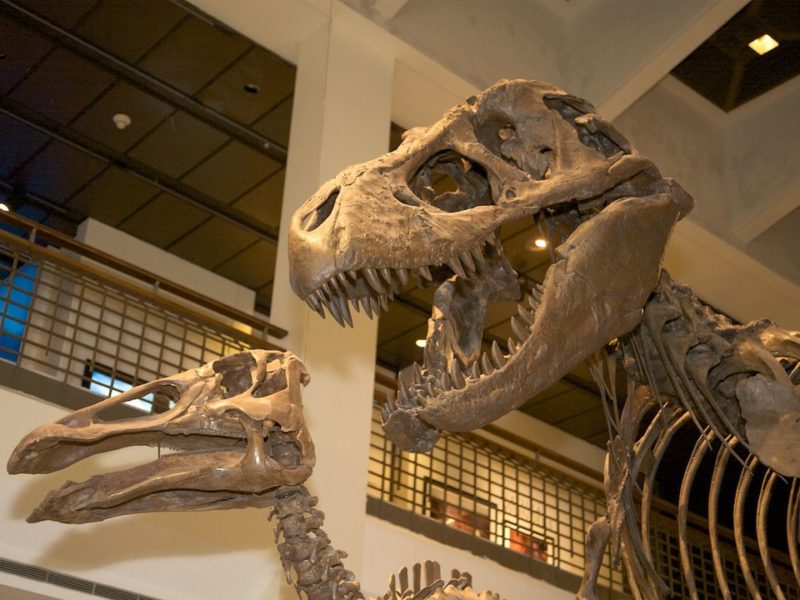





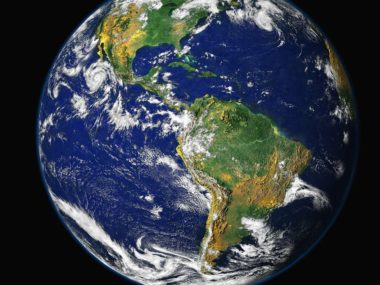




i agree the flood year is the origin for all fossils below the (k-T) line. Above however we also find very fossilized creatures. i say this came from liukewise a sudden single event lasting days or weeks some centuries after the flood.
In nebraska they have the famous rhino beds. Well creationists must ask and teach when did those rhinos doe? I say it was entirely post flood.
Another interesting article by Christian Ryan. Although I knew the definition of a fossil before reading this article, I had believed that all fossils were created by the great flood. It was interesting to learn that actually there are three categories of fossil-making epochs, if I may use that term: Pre-flood, Flood, and Post-flood. I suppose, subconsciously, I knew fossils were created during the flood and post-flood periods, but never considered pre-flood fossilization, as Christian described and pointed out in his article. I guess I rendered the pre-diluvian era as a rather quiet time geologically. Christian’s observation that fossils may have even been created on day 5 of creation in his article titled What Is the Fossil Record? when God created all forms of life in the sea, is fascinating. But wait! Death (fossilization) could not have happened prior to Adam’s and Eve’s act of rebellion (sin) against God. Read Christian’s comments about this if you have not already done so.
Thank you, Bob! I’m glad you found this article informative.